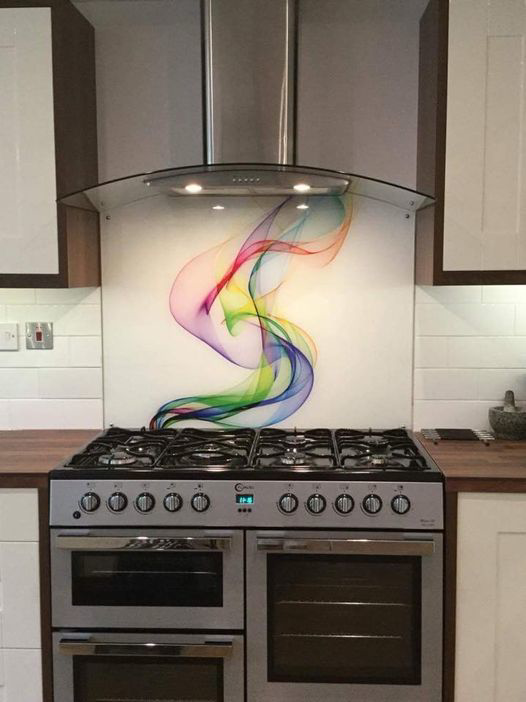How to Fit an Acrylic Splashback at Home: A Step-by-Step Guide
When it comes to modern kitchen or bathroom design, acrylic splashbacks are a game-changer. They’re lightweight, durable, and cost-effective — giving your space a glossy, seamless finish without the hassle of tiles. If you’re looking to take a DIY-first approach, fitting an acrylic splashback at home is easier than you think. Here’s a forward-thinking guide that blends traditional precision with modern efficiency.
Step 1: Measure and Prepare Your Space
Start by measuring the wall area where you’ll install your splashback. Use a tape measure to capture both width and height accurately. Double-check these dimensions — accuracy is key to a perfect fit. For detailed measurement guidance, visit DIY Splashbacks’ measurement guide.
Once measured, clean the wall thoroughly to remove grease, dust, or old adhesive. A smooth, dry surface ensures maximum grip for the adhesive.
Step 2: Cut or Order Your Splashback to Size
Acrylic splashbacks can be easily cut to fit sockets, switches, or corners. If you prefer a professional finish, order your splashback pre-cut to your specifications directly from DIY Splashbacks. Their precision-cutting service guarantees a flawless fit that saves time and effort.
Step 3: Apply the Adhesive
Lay your acrylic panel face down on a clean surface. Use a non-solvent adhesive designed specifically for acrylic or plastic materials. Apply it evenly in vertical lines or small dabs across the back of the splashback — avoiding the edges to prevent overflow.
Step 4: Mount the Splashback
Carefully position the splashback on the wall, starting from one end and pressing gently to ensure full contact. For large panels, it’s best to have a second person assist.
Once in place, apply gentle pressure across the surface to remove any air pockets. Use masking tape to hold the panel while the adhesive cures (usually 24 hours).
Step 5: Seal the Edges
Finish the job by sealing the perimeter with clear silicone sealant, particularly around edges exposed to moisture (like near a sink or hob). This not only creates a watertight barrier but also gives a clean, professional finish.
Step 6: Step Back and Admire Your Work
Once the adhesive and sealant are fully cured, peel away any protective film from the acrylic. You’ll be left with a sleek, glossy splashback that reflects light beautifully — instantly elevating your kitchen or bathroom design.
Why Acrylic Splashbacks Are a Smart Choice
Acrylic is a forward-thinking material for today’s homeowners. It mimics the luxurious look of glass at a fraction of the cost and is up to 10 times stronger. Plus, it’s easy to maintain — just wipe with a soft cloth and mild detergent.
Explore the full range of acrylic splashbacks to find colours and finishes that align with your vision.
Related Reads
How to Measure a Splashback Area Yourself
Glass vs Acrylic Splashbacks: Which is Better?
DIY Splashback Installation: Is It Worth It?
Final Thought:
Incorporating an acrylic splashback isn’t just a DIY project — it’s an investment in your home’s longevity and visual appeal. With the right tools, precision, and a little patience, you can achieve showroom-quality results right from your own kitchen.



_1000.png)
